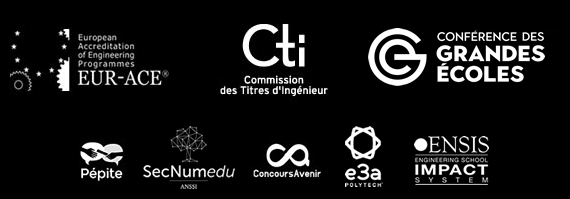Modern sustainable engineering aims to satisfy present requirements without impeding the ability of future generations to do the same. It’s a concept that engineers in almost every field now find to be more and more important.
Engineers should constantly work to protect the public’s welfare and safety. They should have the right mindset to create ideas and cutting-edge projects that provide answers to environmental problems.
What You Need to Know about Sustainable Engineering
“The process of utilising resources in a way that does not jeopardize the environment or deplete the materials for future generations” is what sustainable engineering is. Origin: UNESCO
The goal of sustainable design and operation, as the name implies, is to ensure that daily systems use resources and energy in a way that doesn’t harm the environment or the ability of future generations to use it to satisfy their own requirements.
What Does a Sustainable Engineer Really Do?
A sustainable engineer’s overall duty is to develop technologies and put in place different procedures and systems that can mitigate and even undo environmental harm, as well as avoid and control a variety of environmental dangers.
Sustainable engineers, often known as “environmental engineers,” use their solid backgrounds in science, geography, and engineering to support and deliver a healthy environment for the world.
As a young engineer, your main concerns will revolve around climate change, pollution, the energy crisis, and how to deal with an ever-increasing population. This will involve analyzing and improving the risk of flooding and drainage in high-risk areas as well as looking for more sustainable solutions to the way we dispose of waste products like water, plastics, and industrial waste.
Generation Z engineers are unique, challenging their peers and employers alike! 🇿🧑🔧https://t.co/PlnKRrbl0V
— ESILV (@ESILVparis) October 15, 2022
Why Should Sustainability Matter to Engineers?
True sustainability is more of a team effort that is supported by the whole organization. This is why engineers have a lot of control over what happens in regard to a job’s requirements because they are in charge of designing, constructing, and supervising development projects. For instance, they can aid with the choice and acquisition of project materials and supplies.
This is Where Energy Transition Engineering Comes in
Understanding energy challenges, sustainable development, and three scientific pillars—physics and energy management, digital technologies, and modeling of cities and buildings—are the course’s main focuses.
A chance to get involved in significant sustainable development projects is provided by the Energy and Sustainable Cities major. Students at ESiLV will mix innovation and technology with a view to an ethical career focused on building a more sustainable society by changing how we utilize digital technology.
If the study of sustainability piques your interest academically, don’t hesitate to further explore this major.





















